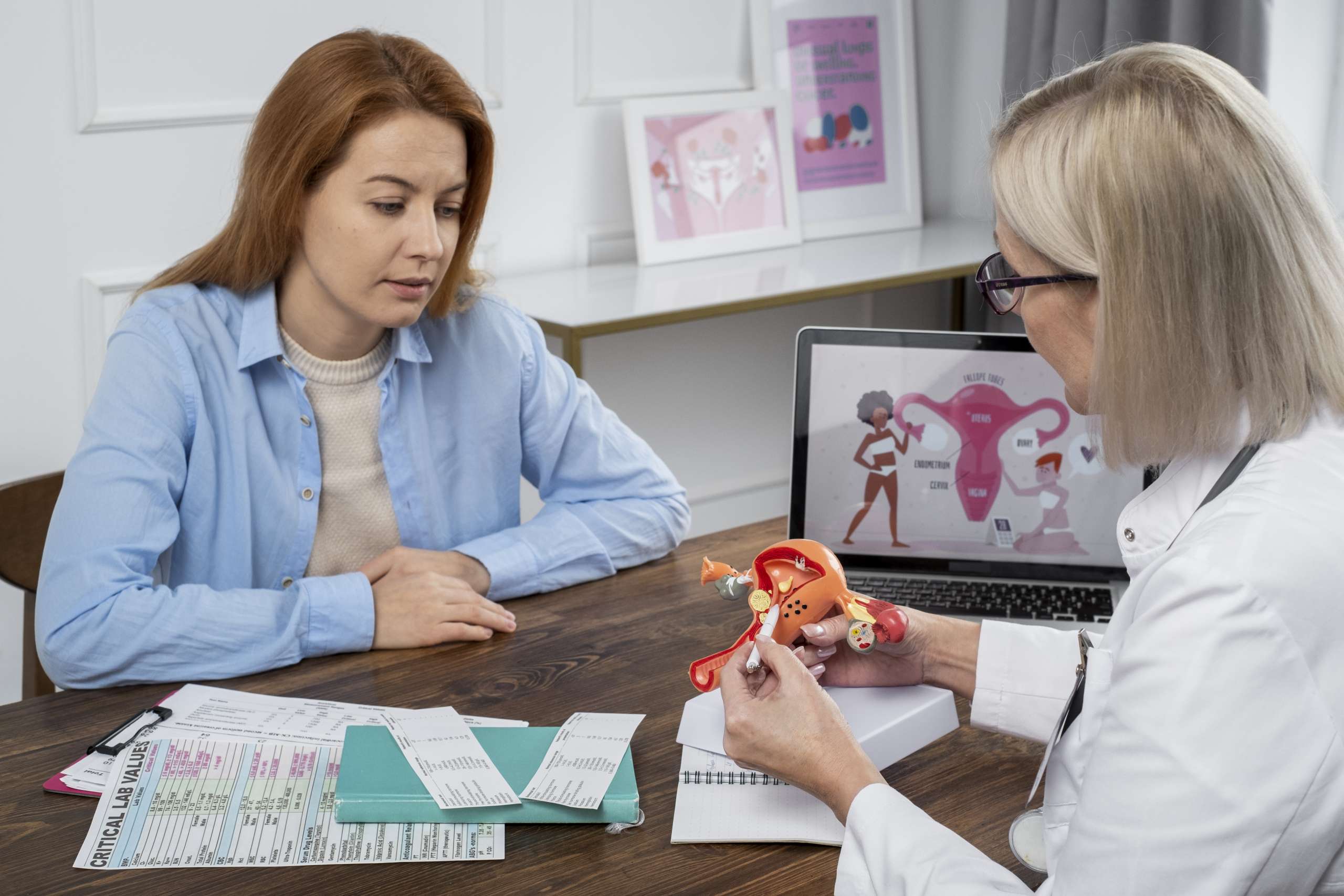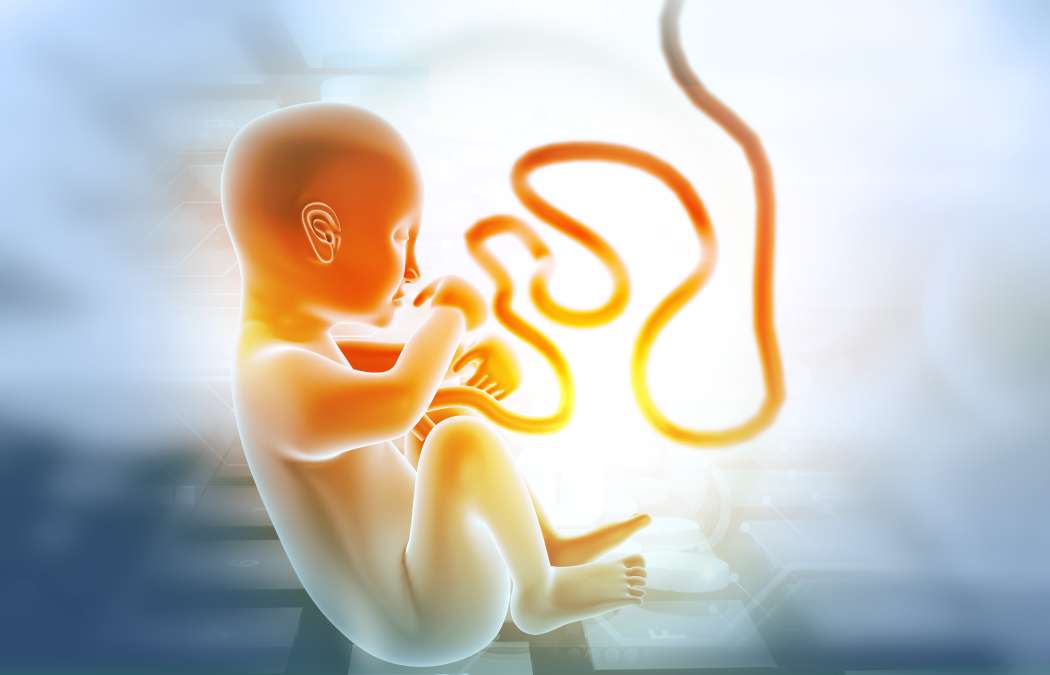Intrauterine infection, also known as congenital infection, is a concerning medical condition that occurs when an infection is transmitted from the mother to the developing fetus. This condition can have severe implications for both the mother and the baby, potentially leading to various complications. Intrauterine infections can be caused by multiple pathogens, including viruses, bacteria, and parasites. They can affect different parts of the fetal body, including organs and tissues. Infections can lead to various outcomes, ranging from mild symptoms that go away on their own to severe developmental abnormalities and long-term health problems for the child.
Understanding the causes, risk factors, and potential outcomes of intrauterine infections is essential for doctors and expectant parents. In this guide, we will explore the complexities of intrauterine infections. It includes common pathogens involved, methods of transmission, and the importance of early detection and treatment. Our goal is to raise awareness and offer information on this critical issue. This helps enhance the well-being of both mothers and their unborn children. We will also emphasize the significance of prenatal care and infection prevention during pregnancy.
1. Introduction to Intrauterine Infection
a. Definition and Causes
Intrauterine infection refers to an infection that occurs within the uterus during pregnancy. Causes include bacteria, viruses, or fungi entering the uterus, potentially affecting both the mother and the developing fetus.
b. Routes of Infection

Infections can access the uterus through ascending routes, like the vagina or cervix. Alternatively, they can enter the bloodstream (hematogenous route) and then cross the placenta. This also poses different risks and challenges.
Also read: Understanding and Addressing Infections During Labor
2. Common Pathogens and Microorganisms
a. Bacterial Infections
Bacterial pathogens can lead to intrauterine infections, including Group B Streptococcus (GBS), Escherichia coli (E. coli), and Mycoplasma. Understanding these microorganisms is crucial for diagnosis and treatment.
b. Viral Infections

Viruses like cytomegalovirus (CMV), herpes simplex virus (HSV), and Zika virus can cause intrauterine infections, potentially leading to congenital disabilities. Recognizing the impact of viral infections is essential for prenatal care.
3. Risks and Complications
a. Maternal Risks
Intrauterine infections pose risks to the mother, including pelvic inflammatory disease (PID), preterm birth, and complications during labor. Timely detection and management are essential for maternal health.
b. Fetal and Neonatal Complications

The developing fetus faces various complications, such as congenital anomalies, growth restriction, and neurodevelopmental issues. Neonatal infections can also arise, impacting the newborn’s health.
Also read: Nuchal Cord: Unraveling Umbilical Cord Complications
4. Diagnostic Approaches
a. Screening Tests
Screening tests, including blood tests, cervical swabs, and imaging techniques, help identify potential intrauterine infections. Early detection allows for quick intervention and management.
b. Advanced Diagnostic Methods

Advanced diagnostic methods, such as polymerase chain reaction (PCR) and amniocentesis, provide detailed information about the type and extent of the infection. This will further help with personalized treatment plans.
5. Prevention Strategies
a. Prenatal Care and Vaccinations
Strong prenatal care, including regular check-ups and vaccinations, prevents intrauterine infections. Vaccinations against diseases like rubella and influenza contribute to a healthy pregnancy.
Also read: The Role Of Prenatal Visits And Tests: What To Expect At The Doctor’s?
b. Safe Practices and Hygiene

Practising safe sex, maintaining good hygiene, and staying away from possibly infectious places help prevent intrauterine infections. Education on these practices is essential for expectant mothers.
6. Treatment Options
a. Antibiotic Therapy
For bacterial infections, antibiotic therapy is a common treatment. Tailored to the specific pathogen, antibiotics aim to eliminate the infection and minimize risks to both mother and fetus.
b. Antiviral Medications

In the case of viral infections, antiviral medications may be prescribed. These medications aim to control the spread of the virus and reduce the risk of congenital complications.
7. Long-Term Implications and Follow-Up
a. Monitoring Child Development
Children exposed to intrauterine infections may require ongoing monitoring for developmental milestones. Early intervention and support services can address potential challenges.
b. Psychological Support for Parents

Parents dealing with the aftermath of intrauterine infections may benefit from psychological support. Coping with potential complications requires a compassionate and understanding support system.
Intrauterine Infection demands comprehensive understanding, timely intervention, and ongoing support. Addressing intrauterine infections involves a multidimensional approach to safeguard maternal and fetal health, from risks and diagnostics to prevention, treatment, and long-term implication.
